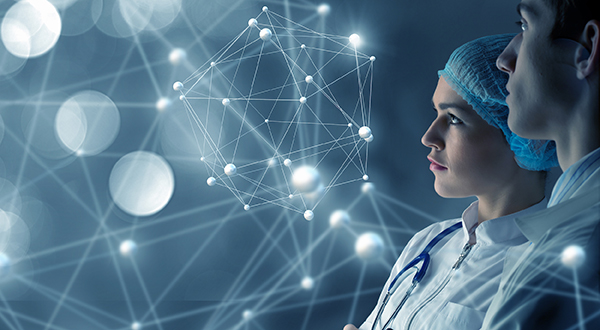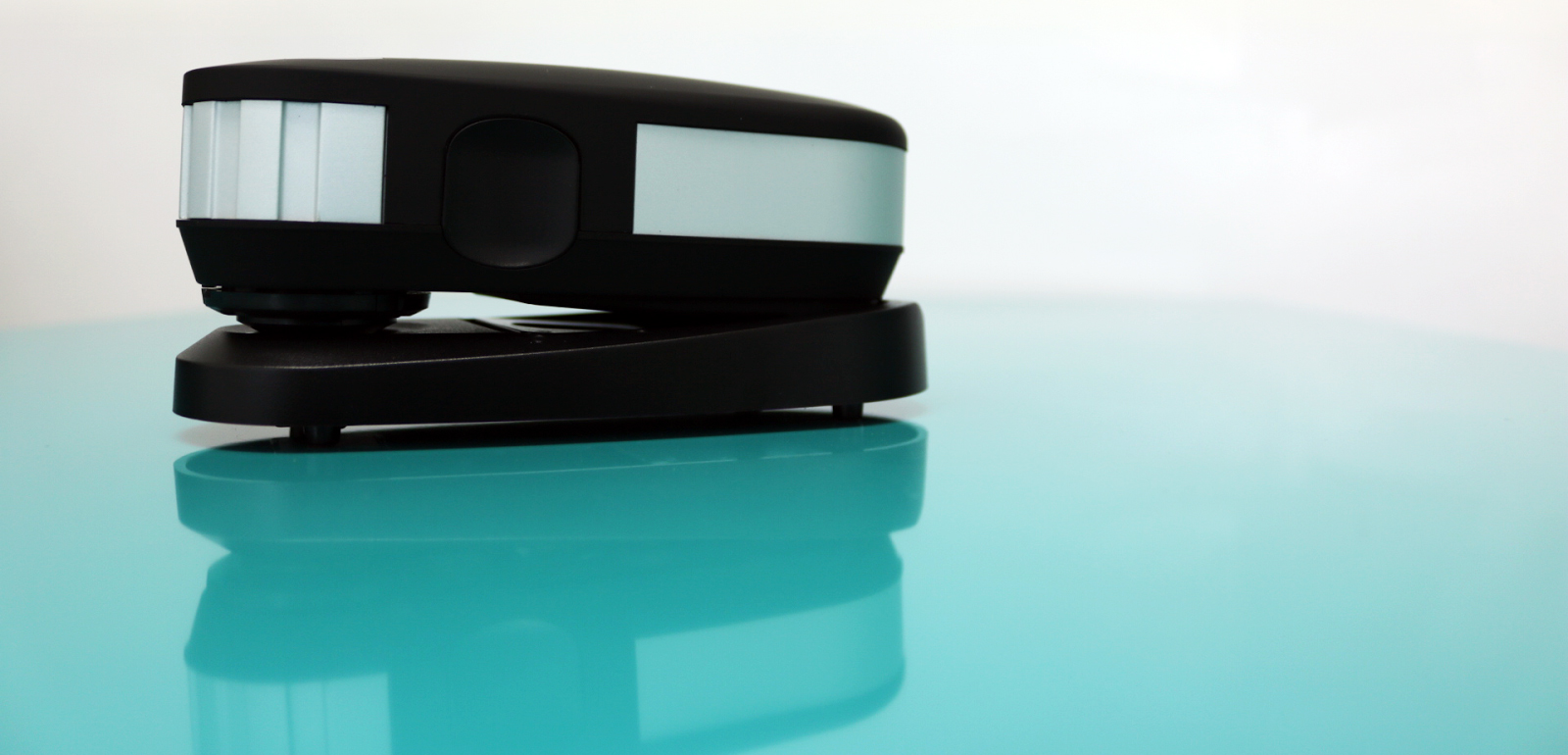OligoScan
OligoScan technology enables rapid and precise analysis of trace elements and heavy metals in patient tissues.
The measurement is performed directly in the office with a portable spectrophotometer approved by OligoScan. The data collected by the patient are sent to the protected Oligoscan central server in a few clicks. And in 20 seconds, you get the results.
This test is a revolutionary technique for verifying the mineral state in real time. It allows to know the most efficient integration that would maximize the nutritional benefits for patients. In case of heavy metal toxicity, chelation techniques, supplements and / or lifestyle changes can be prescribed.
OligoScan is the most innovative test methodology with the fastest results available anywhere in the world. Technology is an invaluable screening tool for actual tissue mineral levels compared to other tests that is only indicative of what is extracted from that particular carrier. Together with the measurements of urine, faeces, hair and blood, the Oligoscan result transforms the information that can be made into a two-dimensional image, into a three-dimensional holographic projection within which it is possible to interact.
It is a very valuable prevention tool that allows a longitudinal follow-up of the patient’s mineral status, of the main mineral ratios, of the levels of heavy metals, of the mobilization of these metals and of the total oxidative stress.
Technology
OligoScan technology uses spectrophotometry to obtain results on the quantity of trace elements and heavy metals present in the tissue, calibrated specifically for a specific area of the body. It is a quantitative analytical methodology, which consists in measuring the level of absorbance or optical density of a specific chemical or mineral substance. The basic principle is that every type of compound, regardless of whether it is chemical or mineral based, absorbs, emits or reflects light (electromagnetic radiation) over a given wavelength range.
The more concentrated the sample, the more it absorbs the light within the limits of proportionality expressed in the Beer-Lambert law. Spectrophotometry is used in many fields: chemistry, pharmacy, environment, food industry, biology, medicine / clinic, material / chemical engineering and clinical applications and many others. In clinical applications, spectrophotometry is used to examine blood or tissues for clinical diagnosis.

 English
English  Italiano
Italiano 
